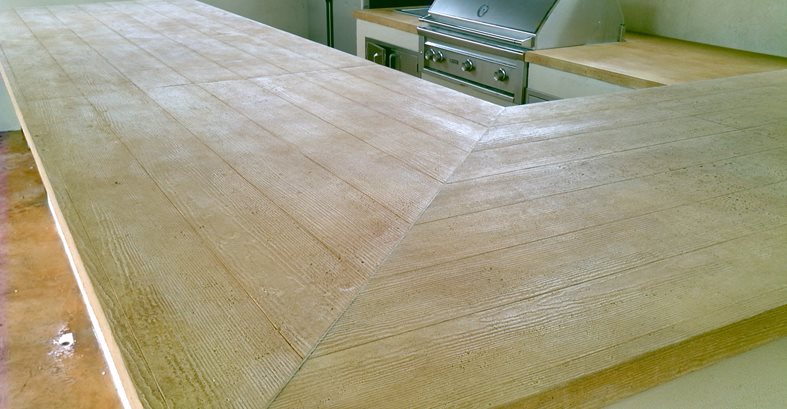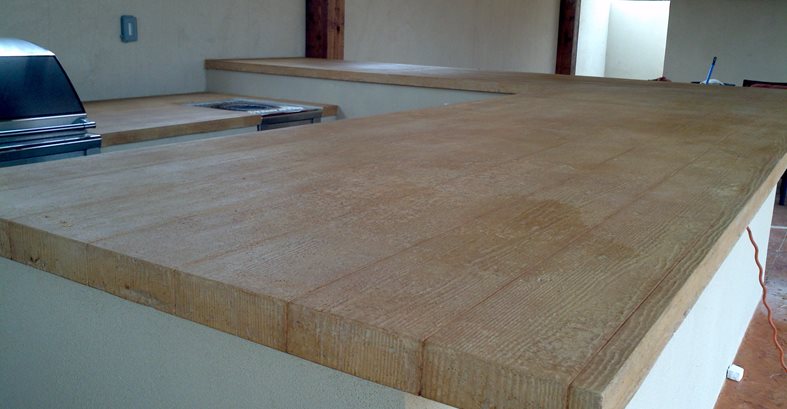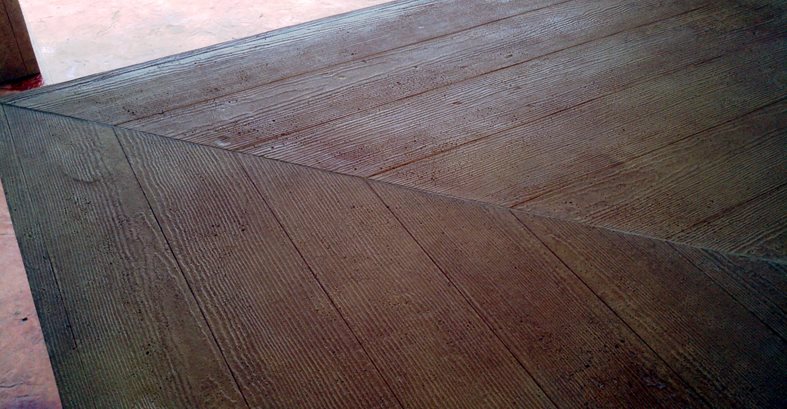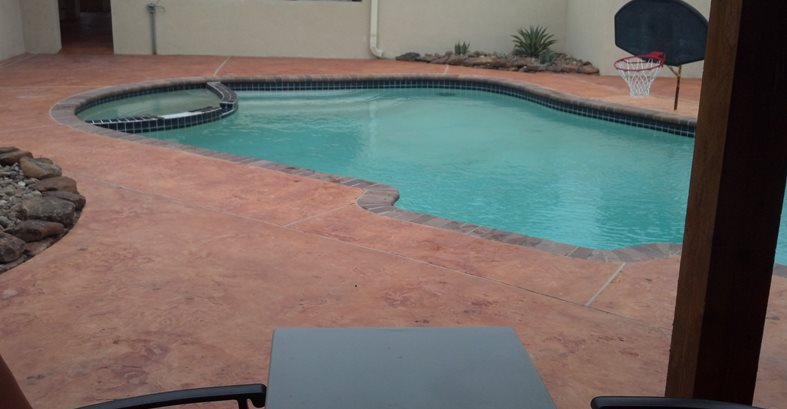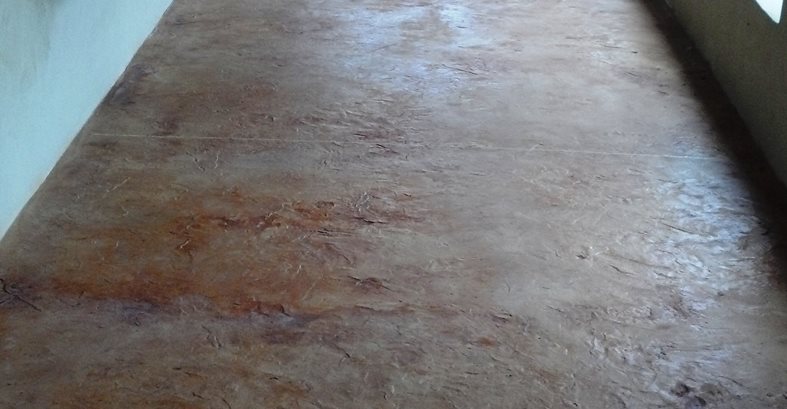- Outdoor Living Space Ideas
- Top trends in outdoor concrete design
- Outdoor room checklist (PDF)
- Fire Pit or Fireplace?
- Ways to Enhance Outdoor Rooms
- Outdoor fireplaces
- Fire pits
- Concrete fire bowls and tables
- Outdoor kitchens and countertops
- Seat walls
- Outdoor concrete furniture
- Concrete planters
- Backyard Landscaping with Concrete
- Concrete patios
- Concrete curbing
- Stairs and steps
- Concrete walkways
- Concrete garden bridges
- Water features
- Architectural accents
- Concrete statuary
- Backyard Landscaping: Get more ideas from LandscapingNetwork.com
- Backyard Recreation Options
- Concrete pool decks: Design and layout tips
- Concrete tennis courts: Planning and construction
- Other Resources
- Outdoor Decorative Floors
- Free Outdoor Living Catalog
Concrete Goes Back to the Ranch
Concrete countertops with a wood-grained finish enhance a rustic outdoor kitchenDesign goalsDon and Kathy Boone of West Columbia, Texas, are true ranchers, both at home and at work. Not only do they own a ranch for champion horses, they have remodeled their home, both inside and out, in the style of a rustic ranch. That includes their outdoor kitchen, which features a cedar ceiling supported by cedar posts. When deciding what material to use for their outdoor countertops, they at first planned on using granite. However, Robert Salinas of Stamped Artistry convinced them otherwise.
“We had installed 3,500 square feet of stamped concrete overlay around their home, including the pool deck, carport, and walkways and porches. They happened to mention that they were planning on using granite for their kitchen countertops. Seeing all of the surrounding woodwork, I suggested we could make wood-grain concrete countertops to match,” says Salinas, whose company specializes in stamped concrete, concrete overlays and countertops. At first the price was an issue, with the concrete costing significantly more than granite. But Salinas was able to sell them on concrete by explaining that the countertops would be one-of-a-kind and that they wouldn’t be able to achieve the same rustic wood-grain look with granite.
Secrets to successThe largest countertop slabs were cast in two pieces. Because of their size (each piece was nearly 15 feet long and 43 inches wide) Salinas cast them at his shop. “As a monolithic cast, this made it very important that we had ample structural strength,” says Salinas, who used a precast concrete mix from SureCrete augmented with a glass-fiber-reinforced backer mix. A sheet of fibermesh reinforcement embedded in the center of the countertop slabs provided additional strength. The pieces were so large, Salinas decided to cast them on a flatbed trailer. “We used screened sand to level out the trailer bed, then we put down 4x8-foot plywood sheets end to end to support the molds,” he says.
To achieve the wood-grain pattern, Salinas lined the molds with HardiePlank wood-grain siding panels. “We created the molds using ¾-inch foam rails for thickness and 2-inch foam rails for the edge profile,” he says. “We used double-sided tape to stick the foam rails to the HardiePlank. We then cut 2-inch HardiePlank strips for the edges so would have a wood-grain finish on all sides, making sure the grain was lined up with the top.”
All the board lines in the countertop surfaces were hand cut with a handheld grinder using a 4-inch diamond blade. “Using a straightedge, and a steady hand, we scored all the board lines on one countertop slab at our shop and left the other uncut. After the pieces were delivered to the jobsite, we lined both pieces up then hand cut them onsite before applying stain and sealer,” Salinas explains.
To mimic the color and texture of a sample of wood-cedar planking provided by the homeowners, Salinas integrally colored the concrete mix with an ivory pigment and then “antiqued” the finished pieces with an espresso-colored water-based stain. “We diluted the stain 15 to 1 with water so it wouldn’t be so dark and to just get it into the grain of the texture,” he says.
The last step was to seal the countertops and protect them from the elements. Salinas used SureCrete’s hybrid low-VOC, high-performance water-based polyurethane, a food-safe sealer that also resists scratching, abrasion, stains, UV damage, and damage from heat up to 300° F.
As a side note, Salinas says that working for a horse rancher does have its advantages. “The countertop pieces were so large and heavy that Mr. Boone sent one his fancy Air Ride horse trailers with hay on the floor as a cushion to deliver them to the site.”
Materials used
Countertop mix: Xtreme precast and GFRC backer mix, from SureCrete
Concrete stain: SureCrete Eco-Stain, (in espresso for the countertops and burnt crimson for the overlays)
Concrete sealer: SureCrete XS-327 for the countertops and SureSeal HS-360 for the overlays
Overlay mix: SureCrete SureSpray sprayable concrete overlay
Contractor
Robert Salinas
Stamped Artistry, Pasadena, Texas
Submit your own project photos
Learn more about how concrete can mimic wood
